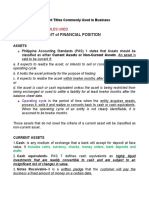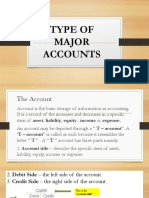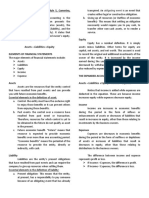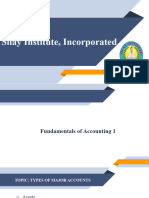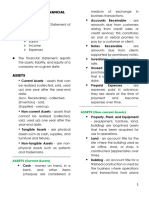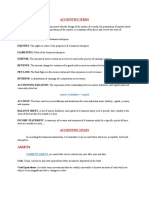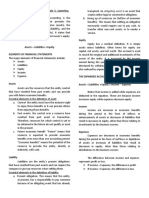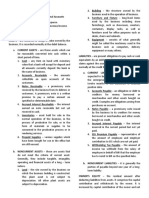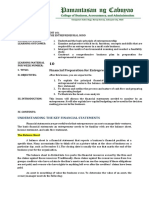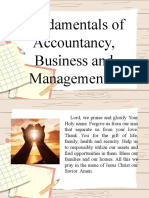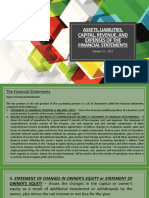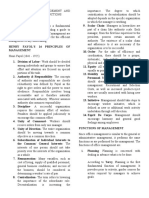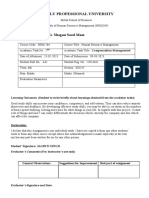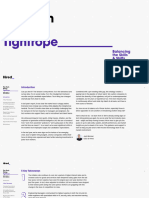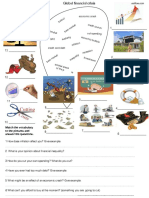0% found this document useful (0 votes)
37 views7 pagesBasic Elements of Financial Statements
The document outlines the basic elements of financial statements, including the balance sheet and income statement, which reflect a business's financial position and performance. It defines key terms such as assets, liabilities, equity, revenue, expenses, and profits, and explains the accounting equation that maintains the balance between these elements. Additionally, it discusses the impact of business transactions on financial statements and provides examples of typical account titles and their classifications.
Uploaded by
aacunaCopyright
© © All Rights Reserved
We take content rights seriously. If you suspect this is your content, claim it here.
Available Formats
Download as DOCX, PDF, TXT or read online on Scribd
0% found this document useful (0 votes)
37 views7 pagesBasic Elements of Financial Statements
The document outlines the basic elements of financial statements, including the balance sheet and income statement, which reflect a business's financial position and performance. It defines key terms such as assets, liabilities, equity, revenue, expenses, and profits, and explains the accounting equation that maintains the balance between these elements. Additionally, it discusses the impact of business transactions on financial statements and provides examples of typical account titles and their classifications.
Uploaded by
aacunaCopyright
© © All Rights Reserved
We take content rights seriously. If you suspect this is your content, claim it here.
Available Formats
Download as DOCX, PDF, TXT or read online on Scribd
/ 7




